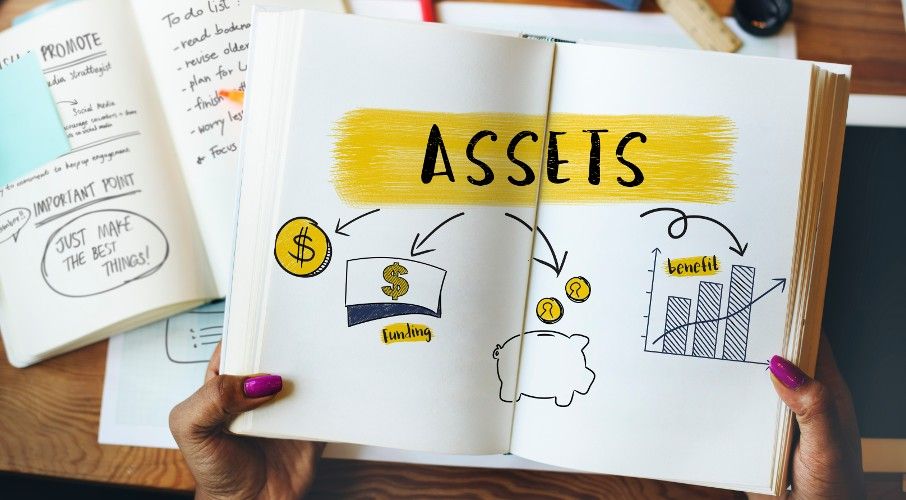What are Non-Current Assets?
Non-Current Assets Definition
Non-current assets, also known as long-term assets, are resources or investments that a company expects to use or benefit from for more than one year. Non-current assets are usually illiquid, meaning they cannot be easily converted to cash. Three common types of non-current assets include fixed assets, intangible assets, and long-term investments.
- Fixed assets: Fixed assets are physical assets used in a company's operations and have a useful life of more than one year. Examples of fixed assets include property, plant, and equipment (PP&E), buildings, machinery, vehicles, and furniture. These assets are expected to provide ongoing value to the company for a longer period and are typically depreciated over their useful lifespan.
- Intangible Assets: Unlike fixed assets, intangible assets lack a physical form and include intellectual property, patents, trademarks, copyrights, and goodwill. These assets provide value to the company, even though they are not tangible.
- Long-term investments: Investments that a company holds for more than one year, are considered long-term investments. Examples include stocks, bonds, real estate, and other securities that a company expects to hold for an extended period.
Non-current assets are reported on the balance sheet of a company and are deducted from the total assets of the company to determine the amount of current assets on hand. The net value of non-current assets can be calculated by subtracting accumulated depreciation or amortization from the total asset value.
Here are some additional details on non-current assets:
- Importance of Non-Current Assets: Non-current assets are important because they represent investments that companies make for their future operations and growth. They support a company's ongoing business operations, provide a competitive advantage, and contribute to its overall value.
- Depreciation and Amortization: Non-current assets, such as fixed assets and intangible assets, are typically subject to depreciation or amortization to reflect their declining value over time. Depreciation is used to calculate the decrease in the value of fixed assets over their useful life, while amortization is used to measure the decrease in the value of intangible assets such as patents and trademarks.
- Long-term Investments: The usefulness of long-term investments may vary. A company may invest in long-term investments such as securities or real estate to generate returns in the long run or to diversify its investments. Though these investments may not provide any immediate returns, they can produce significant benefits in the future.
- Impairment of Non-Current Assets: Non-current assets may become impaired if their value decreases. For example, if an investment in a subsidiary company is no longer considered valuable, the company may need to write down the value of the investment on its balance sheet to reflect its decreased value.
- Liquidity of Non-Current Assets: Non-current assets are often illiquid, meaning they cannot be easily converted to cash. This can have implications for a company's financial health and flexibility, as it may constrain the company's ability to meet its short-term obligations.
Overall, non-current assets play a critical role in a company's operations and financial performance. They represent a long-term investment in the company's future and must be managed effectively to support ongoing growth and stability.




